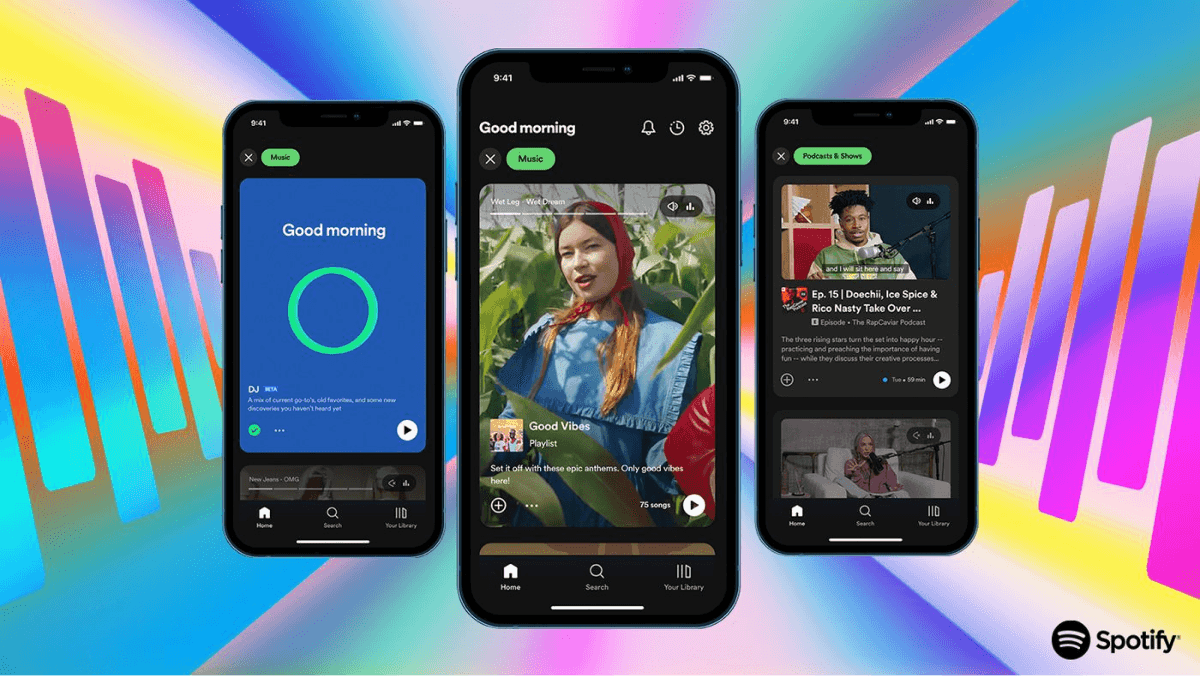Case StudyStream Team: Product - Paying Down Design Debt with Generative Models at Spotify
Spotify faced a significant challenge with managing an overly complex color system that had grown to include 10,000 colors across their application. This complexity made it difficult to maintain consistency and efficiency in their design processes. The central issue was how to reduce the number of colors and simplify the design system without disrupting ongoing work or requiring massive manual efforts.

The Solution
Spotify adopted a strategic approach focusing on automation and generative design models:
- Audit and Analysis: Spotify conducted an audit that revealed the existence of 10,000 colors in use across their application, far more than necessary for practical design needs.
- Development of Perceptual Models: Kevin Arnott, leveraging his background in color theory, developed perceptual models to understand how colors are perceived similarly or differently by users. This enabled a more rational reduction of the color palette.
- Automation Tools: Kevin created software tools to automate the process of generating a new, streamlined color model. These tools also facilitated the gradual migration from the old model to the new one.
- Seamless Implementation: The new color model was introduced gradually, without requiring explicit permissions or disruptions to the existing workflow. This approach minimized resistance and ensured a smooth transition.
- Knowledge Sharing: The tools and methodologies developed during this process were open-sourced to assist other organizations facing similar challenges.
Outcomes achieved
Spotify's approach to managing design debt resulted in several positive outcomes:
- Reduction in Complexity: The color system was successfully reduced from 10,000 colors to fewer than 100, greatly simplifying the design process and improving consistency.
- Efficiency Gains: Automation tools minimized the manual effort needed to manage the color system, allowing designers to focus on creative tasks.
- Minimal Disruption: The seamless implementation strategy ensured that the changes were adopted smoothly, with minimal disruption to ongoing work.
- Community Contribution: By open-sourcing the tools and methods, Spotify contributed to the broader design community, enabling other organizations to benefit from their innovations.
- Enhanced Collaboration: The project underscored the importance of cross-disciplinary collaboration between designers and engineers, demonstrating the value of integrating coding skills within design teams.
